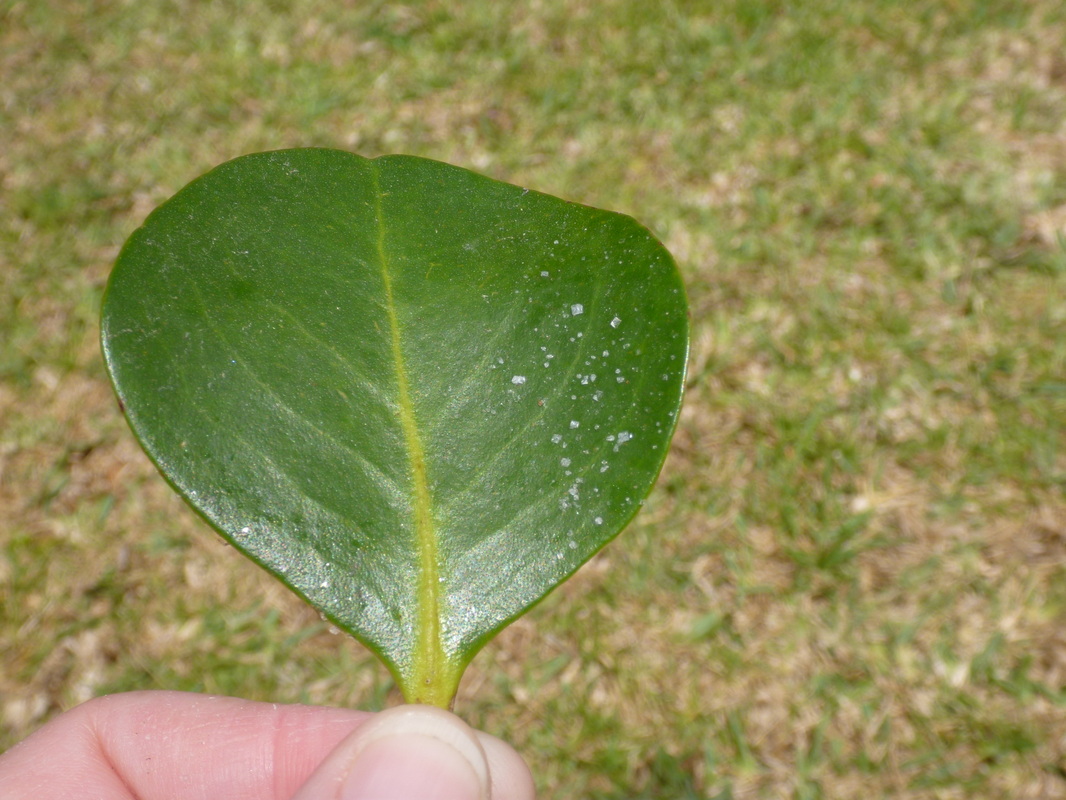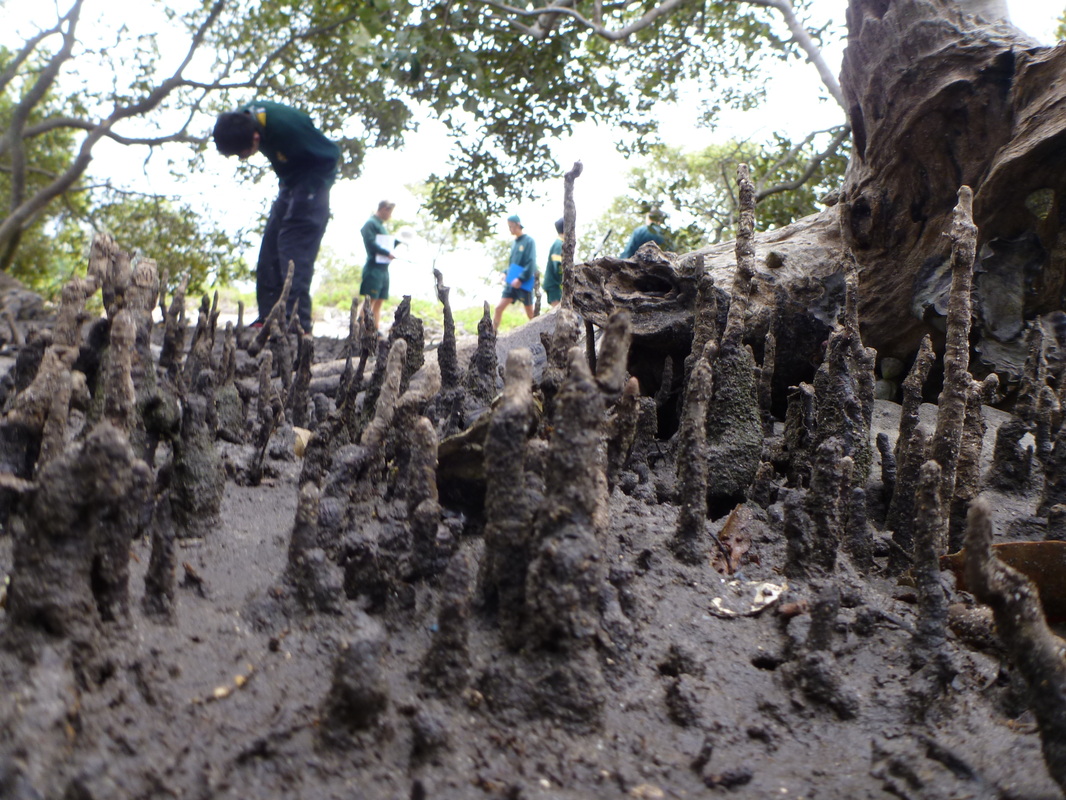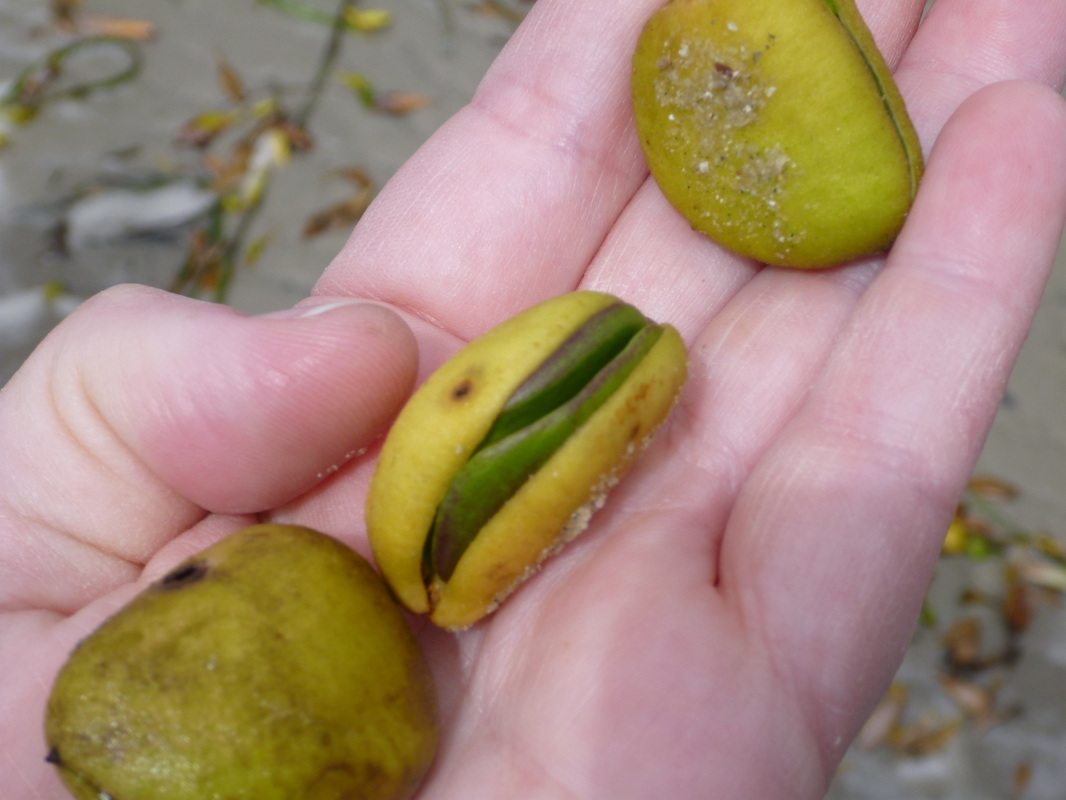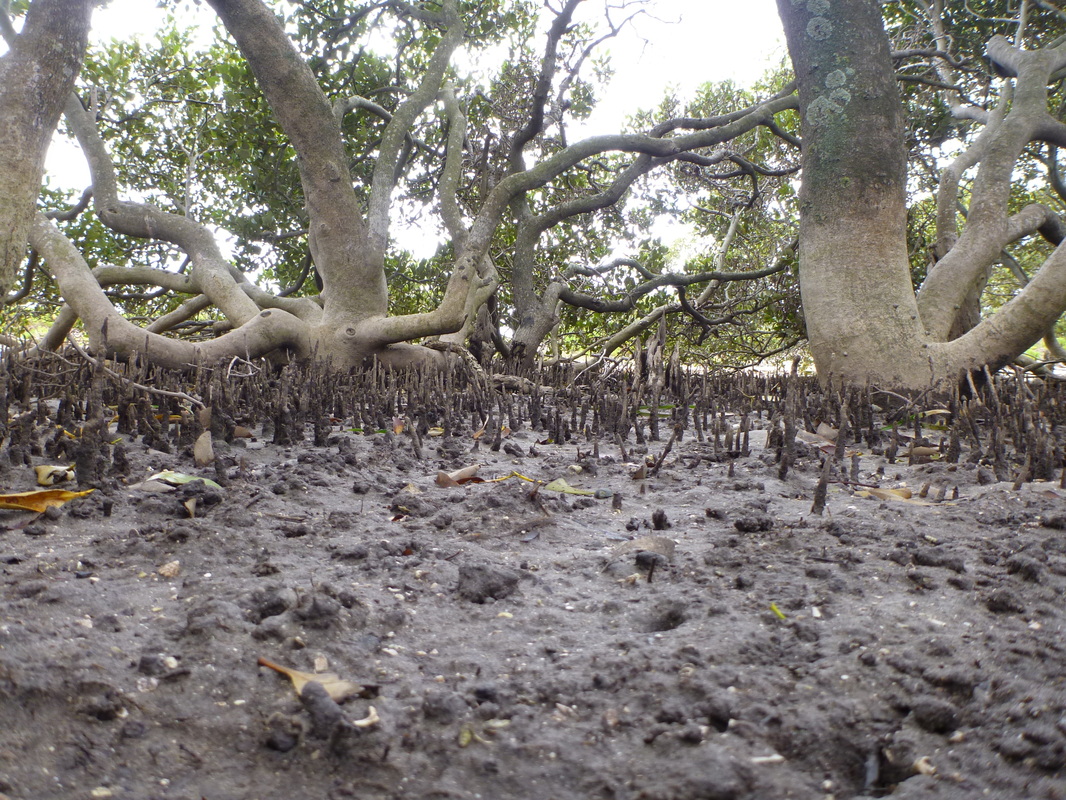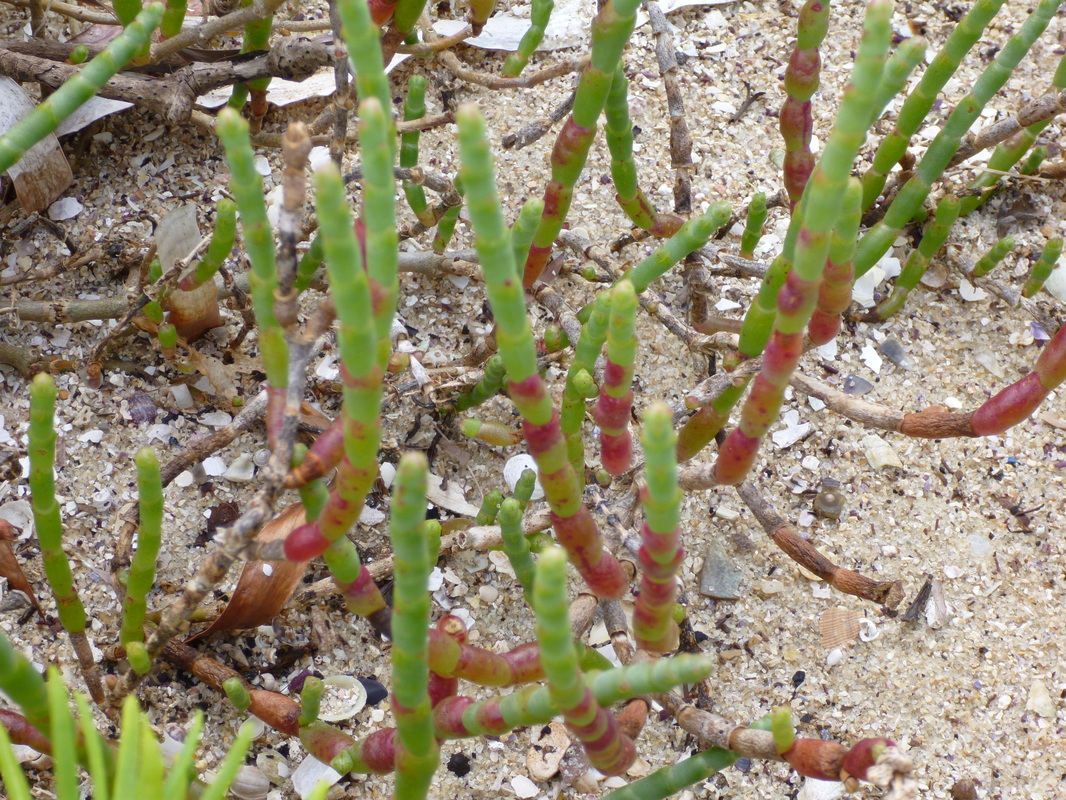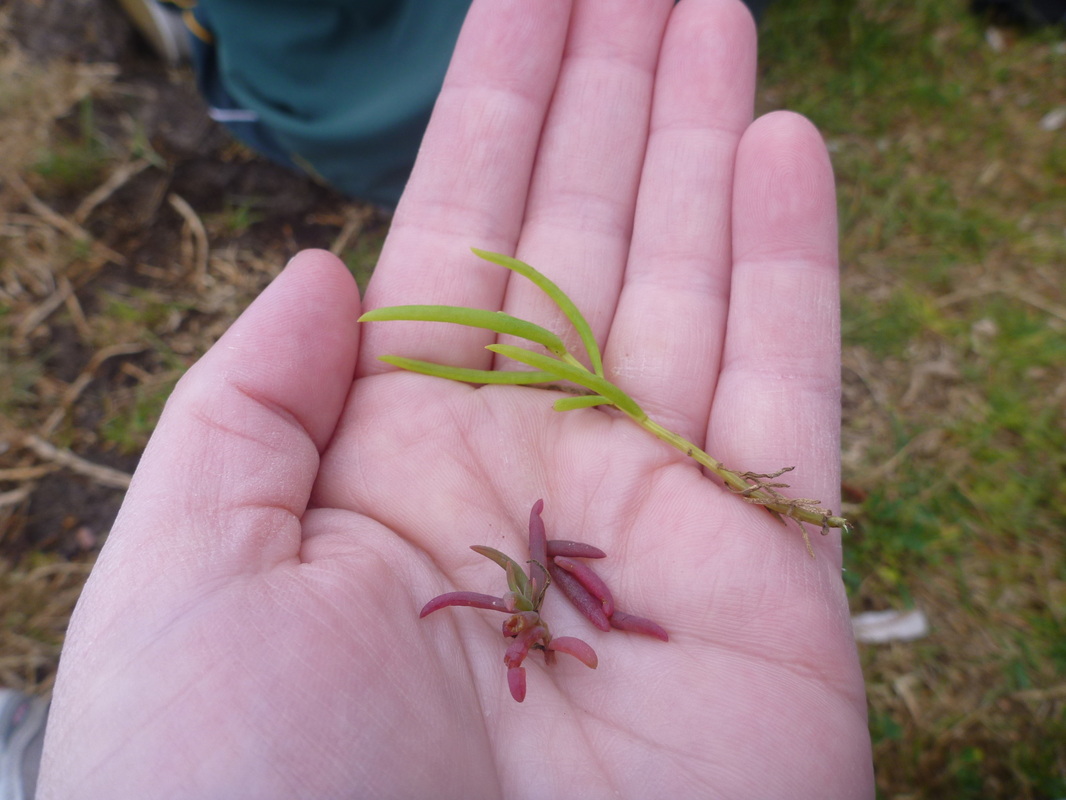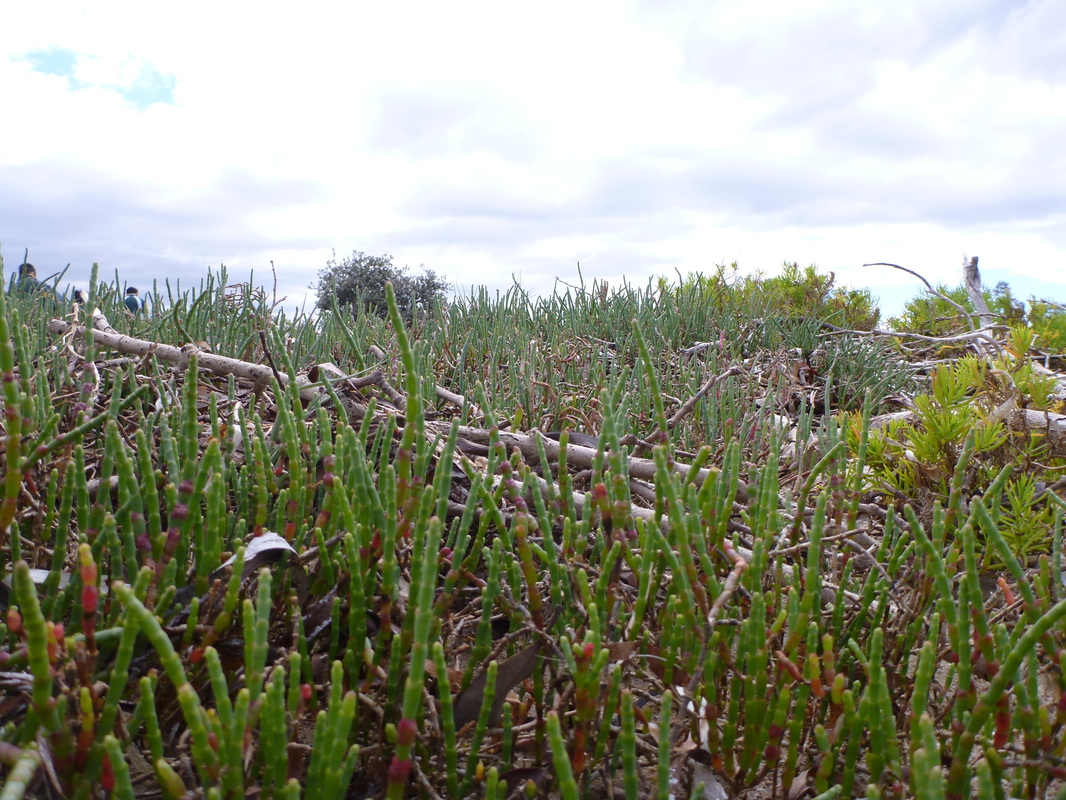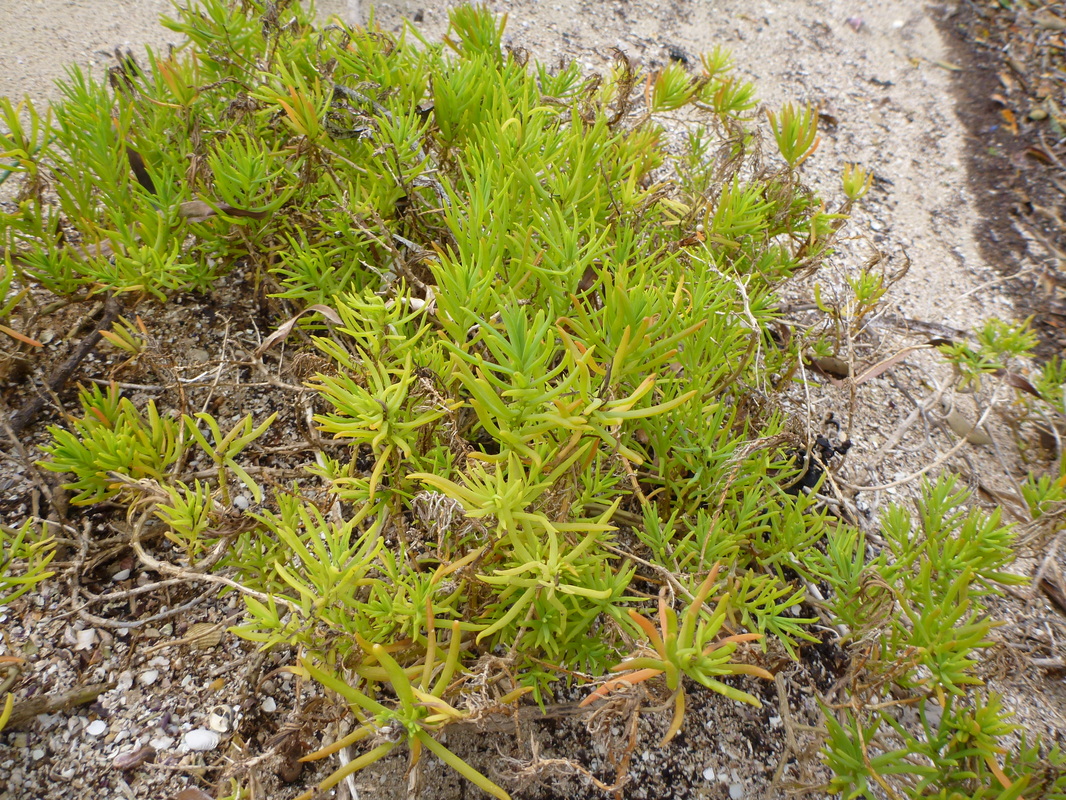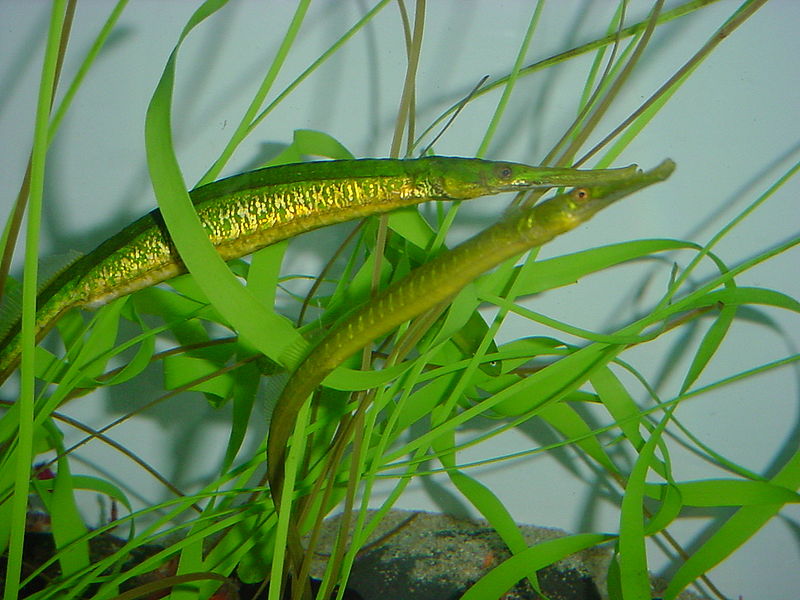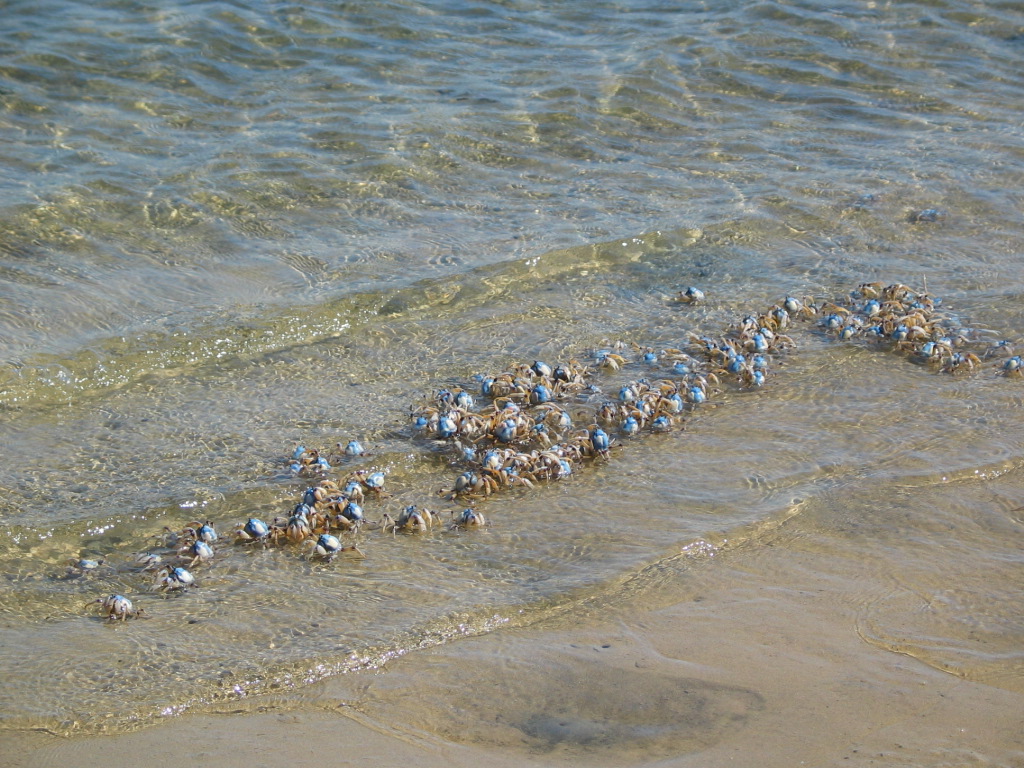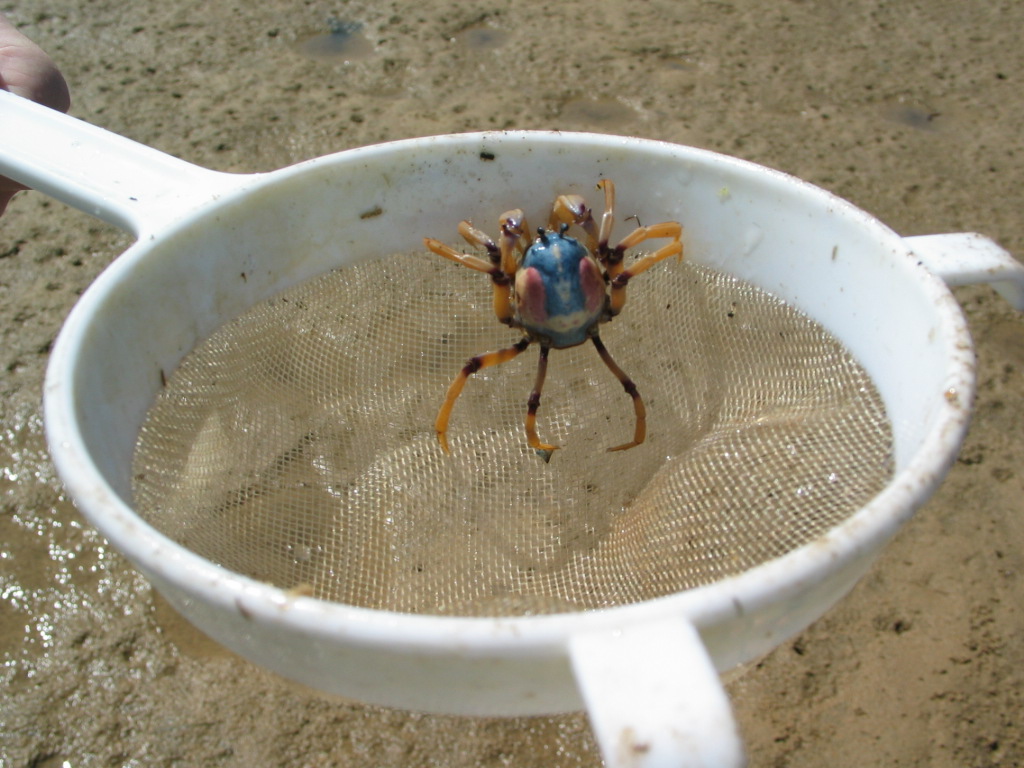Biophysical processes - Adaptations to natural stress
Natural stress in Intertidal Wetlands
In intertidal wetlands the majority of natural stress comes from salinity and tidal movements. The intertidal wetlands must be able to survive extreme conditions of mainly salt water at high tide, fresh water at low tide and times of flood and brackish water at other times. The saline water is a very difficult condition for plants to survive in. The grey mangrove can survive by excluding salt in the root system, salt excretion glands in the leaf, and waxy leaves to minimise water loss. However it is still vulnerable to changes in salinity levels.
Changes to tidal movements through increased run-off or altered drainage can cause the roots of mangroves to be inundated for longer than normal periods affecting their pneumatophones. It can also be pushed past its threshold level if water quality is changed. Thus even healthy ecosystems are vulnerable to change. Some species such as oysters + molluscs have been used as indicator
species, with any decline in their numbers indicating the ecosystem is under stress. A decline in nutrient levels will also affect primary productivity and thus bring about change. More e.g.s. of natural stress are: storms; global warming, increase in sea levels.
The length and intensity of the stress is important. Species such as oysters and molluscs are indicator species. This means that they can be measured and used to determine the health of the ecosystem. Ecosystem stress will be shown by a decline in the number of indicator species. Another indicator of stress is decline in primary productivity.
In intertidal wetlands the majority of natural stress comes from salinity and tidal movements. The intertidal wetlands must be able to survive extreme conditions of mainly salt water at high tide, fresh water at low tide and times of flood and brackish water at other times. The saline water is a very difficult condition for plants to survive in. The grey mangrove can survive by excluding salt in the root system, salt excretion glands in the leaf, and waxy leaves to minimise water loss. However it is still vulnerable to changes in salinity levels.
Changes to tidal movements through increased run-off or altered drainage can cause the roots of mangroves to be inundated for longer than normal periods affecting their pneumatophones. It can also be pushed past its threshold level if water quality is changed. Thus even healthy ecosystems are vulnerable to change. Some species such as oysters + molluscs have been used as indicator
species, with any decline in their numbers indicating the ecosystem is under stress. A decline in nutrient levels will also affect primary productivity and thus bring about change. More e.g.s. of natural stress are: storms; global warming, increase in sea levels.
The length and intensity of the stress is important. Species such as oysters and molluscs are indicator species. This means that they can be measured and used to determine the health of the ecosystem. Ecosystem stress will be shown by a decline in the number of indicator species. Another indicator of stress is decline in primary productivity.
|
Mangrove trees
Pneumatophores: are spongy vertical extensions from the cable roots into the atmosphere which contain numerous holes called lenticels which absorb oxygen. This enables the tree to deal with water-logged conditions. Long, extended roots: many plants living in wetland environments have long, extended roots. These include Coast Barb Grass in Saltmarsh Margins, strapweed and eelgrass in inundated zones. Mangrove trees have anchor roots. This adaptation ensures that moving tides do not wash away plant life. Fine hairs: The undersaide of the leaf of mangroves is covered in fine hairs to produce a microclimate around the stomates, reducing evaporation. Waxy cuticle covering: Water is conserved by having a waxy cuticle covering the top of the leaf, reducing evaporation from epidermal cells. Floating seeds: The seed of mangrove trees are bouyant so they can be carried to other sites once they have been dropped into the water. They also germinate on the parent tree so they can grow quickly when they are washed up onto suitable soils. Excreting salt through the leaf: Some mangrove trees exist in saline and brackish water and as such are exposed to large amounts of salt. This adaptation enables mangroves to excrete excess salt. |
|
Salt marsh plants
Beaded Glasswort The salt march accumulates salt in its tissues. When the salt concentration becomes too high the cells will die and the leaves will turn red. The plant will eventually drop the red leaves (it is seen in the photo below and left in the red leafs in the lower left photo). Sea blite
Sea blite is another intertidal wetland plant which accumulates salt (it is the green plant in the photo on the left and below). |
|
Image copyright: Dark jedi requiem, public domain
|
Sea horses and pipefish
These animals have a fused jaw and suck their prey up through their mouth. They eat small crustaceans. Their skin is made up of overlapping bony plates which give them some protection against predators. The tails of sea horses and pipefish are prehensile (it can grasp) allowing them to hold onto seagrasses in fast flowing water (e.g. tides). |
|
Soldier crabs
These crabs live on the tidal mudflats. Their bodies are more rounded than most crabs to enable them to move forwards rather than sideways. The crab has a chamber in the thorax which contains the gills and lungs. They also have a hole in the front part of their shell. This enables the crabs to access air both in and out of water. |
